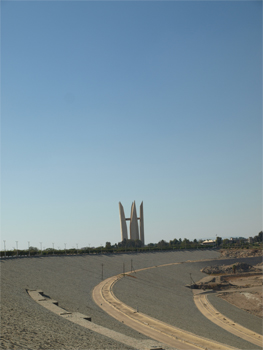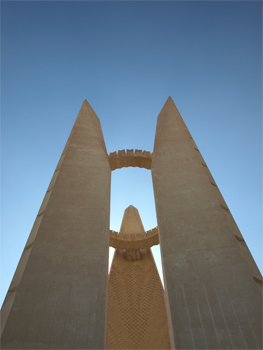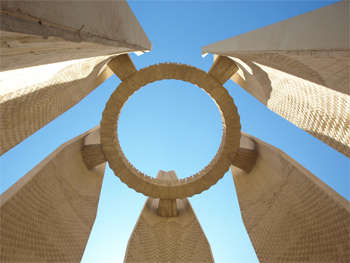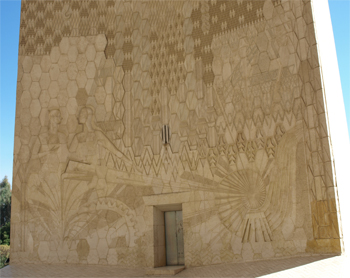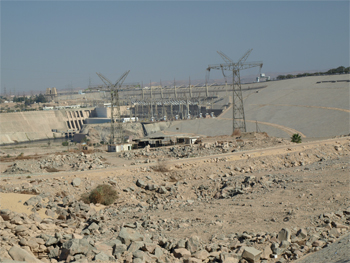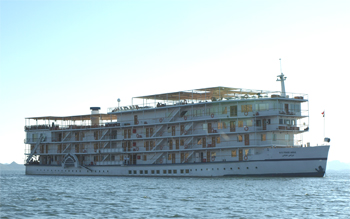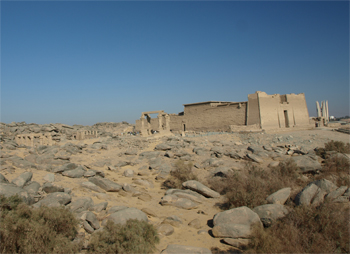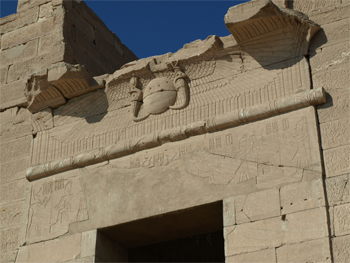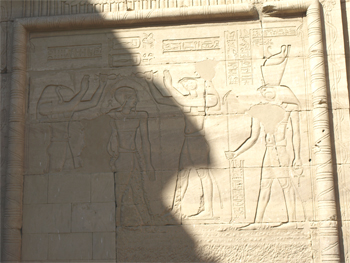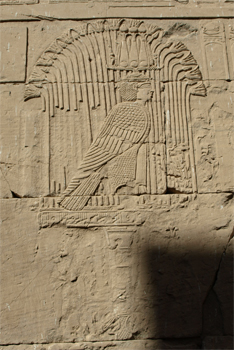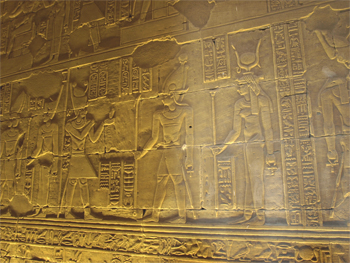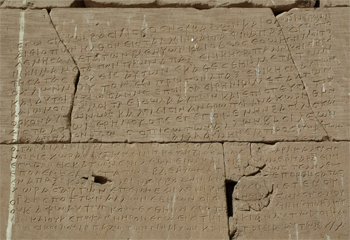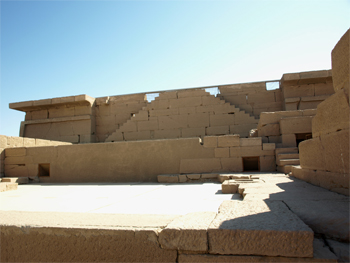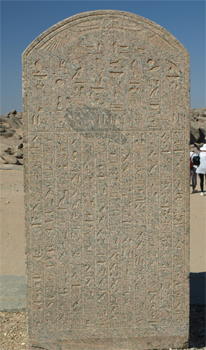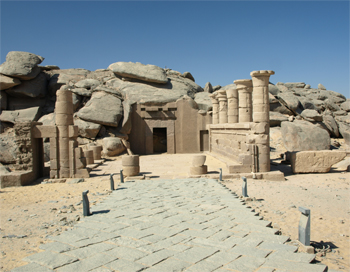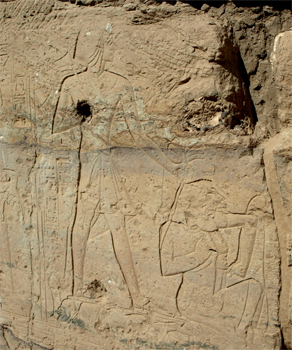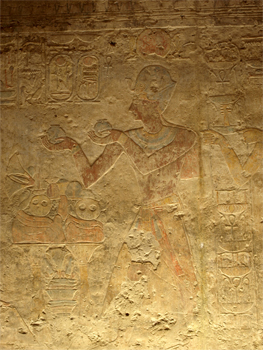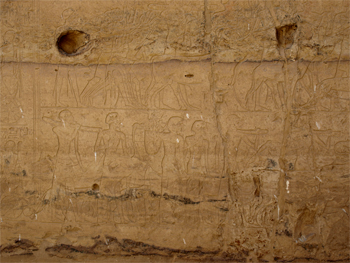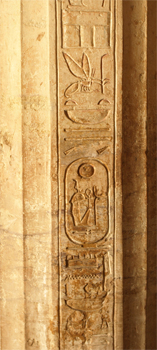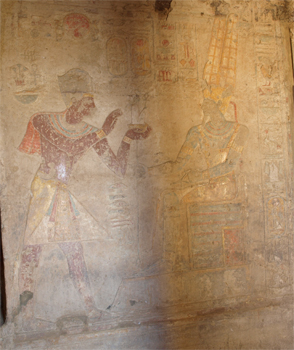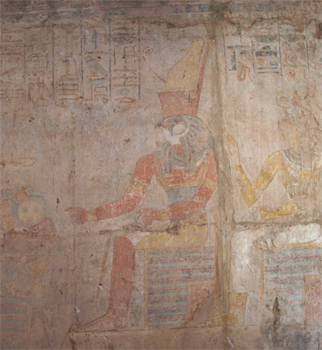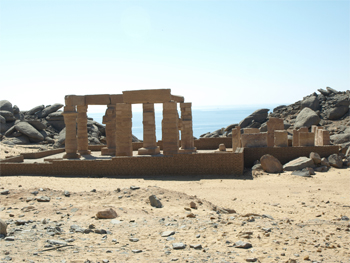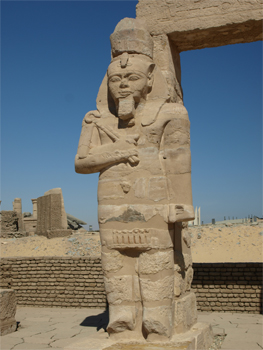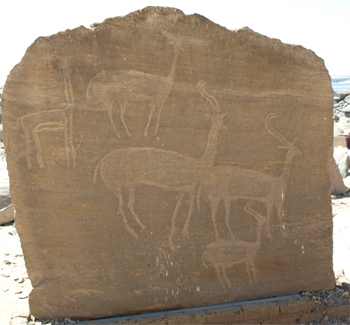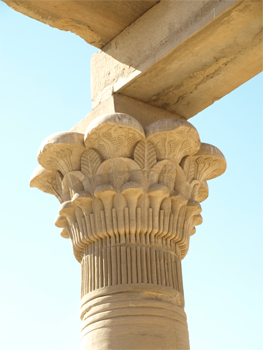Mon., 1/24/11 - Fly from Cairo to Aswan
This morning we flew to Aswan on an Egyptair Express. The flight was 75 minutes south, up the Nile. Upper Egypt is south of Lower Egypt because the Nile flows north. It always causes us to stop and think.
On our way to the Prince Abbas, our boat on Lake Nasser, we stopped to marvel at the Aswan High Dam. It was built in between 1960 and 1970 with financing and technical support from Russia. The lake it created is over 310 miles miles long. The dam itself is 131 ft. feet wide at the top and 364 ft. high. The hydroelectric plant with its 12 turbines creates 50% of the electricity used in Egypt. There is a very pretty monument to the Russian and Egyptian cooperation on the west side of the dam. (Links: Aswan)
Aswan High Dam and Memorial Monument
|
Aswan High Dam Memorial Monument |
Aswan High Dam Memorial Monument
|
Aswan High Dam Memorial Monument |
Aswan High Dam Memorial Monument |
Aswan High Dam Memorial Monument - Sadat
|
Aswan High Dam
|
Aswan High Dam Power Plant |
Prince Abbas
|
We embarked the Prince Abbas at 2 PM and promptly ate lunch. The meal was comparable to what we get on large cruise ships. Our cabin, however, is small and plain, with 2 twin beds and a small bathroom. It will do nicely for four nights. It does have a TV and fridge.
|
Dinner was a lavish buffet and very tasty.
Tues., 1/25/11 - Lake Nasser - Kalabsha Temple site
During breakfast (nice buffet and good coffee) we sailed across to the site of the reconstructed (by Germany) Kalabsha Temples. Before the High Aswan Dam flooded the land in Nubia to form Lake Nasser, some of the ancient sites were moved to higher ground to save them. Eighteen of the 35 sites were saved, the rest were flooded. Four of the 18 were taken in their entirety to Spain, Italy, the Netherlands, and the United States and 14 are here on the banks of the Nile or Lake Nasser.
Kalabsha was a town 40 miles south of Aswan. 13,000 pieces of the temple built in 25 AD by the Roman Augustus, were taken down, transported, and reassembled.
A temple in ancient Egypt was very important to society. The temple priests provided a basic public education, a hospital, and the temple was used for crop storage to feed the hungry. All the temples are built along a single axis. At the entrance gateway are two pylons or large pillars (Pylon is the Greek term for a monumental gateway of an Egyptian temple). Commoners were not permitted through the gateway. Next is the hypostyle, a type of colonnade and a large courtyard for priests and elite persons. Next are the offering chambers offering items that were stored or prepared for the god of the temple and only priests were allowed there. The "inner sanctum" was a small chamber where a small statue for the god was housed and where offerings where given to him or her. Only the highest priests and pharaohs were allowed in there. Access to the roof of the temple provided a lookout to spot any danger or intrusion. (Links: Kalabsha 1; Kalabsha 2)
At Kalabsha we saw our first real hieroglyphs. As you view the pictures here and the others which follow, you will notice that the same subjects and people are portrayed in many places. This isn't the place to go into all of the details nor to try to name all of the people and all of the scenes. There is a huge body of literature on the subject of Egypt for those of you who wish to pursue the topic. I will name things when I know the name and leave them blank otherwise.
Kalabsha Temples |
On the facade to this temple is the sun orb representing Ra, two cobras representing power, and the wings of the falcon, Horus, providing protection.
|
First courtyard
|
Capitals in the hypostyle hall |
Our first real hieroglyphs - Gods blessing the Pharaoh |
|
|
Hieroglyphs in the inner sanctum |
Greek graffiti |
Roof
|
Outside the temple stands a good example of a stela written in hieroglyphs telling of the dedication of the temple. All stelae have a rounded top on a rectangular stone block.
|
Also moved from Kalabsha was the small Temple of Beit el-Wali. The carvings and paintings within are scenes of the great pharaoh smiting his enemies and gifts from Africa (animals - giraffe, chip, lions, elephant tusks, ostrich feathers and eggs, etc.) and Ramses II, the god. It was very descriptive. |
Ramses II grasps the hair of a kneeling Syrian captive
|
Offerings |
Register of animals |
Cartouches
|
|
The God Horus
|
Temple of Gerf Hussein |
Statue of Ramses II - Nubian representation
|
|
Parts of Nubian structures (most of mud-brick) could not be moved - they crumbled) but the sandstone pillars of Ramses II survived. The Nubian representations of Ramses II show him as a powerful figure with fat legs and a broad face. Some stones with depictions of two elephants and deer/gazelles are like petroglyphs and may be prehistoric.
|
|
Capital at the Kiosk of Qertassi
|
It was a beautiful morning with clean air, light breeze, and about 70°. The temples were great examples of what we studied in preparation for this trip.
We sailed all afternoon and had leisure time on the boat. Those of us who turned on the TV were greeted by the stories of the demonstrations beginning in Cairo. How glad we are that we saw the sites in Cairo before flying south.
